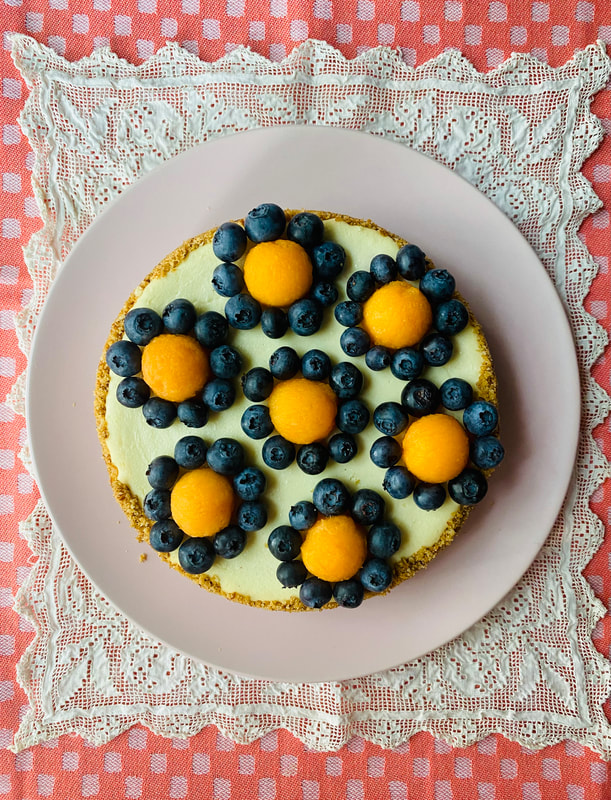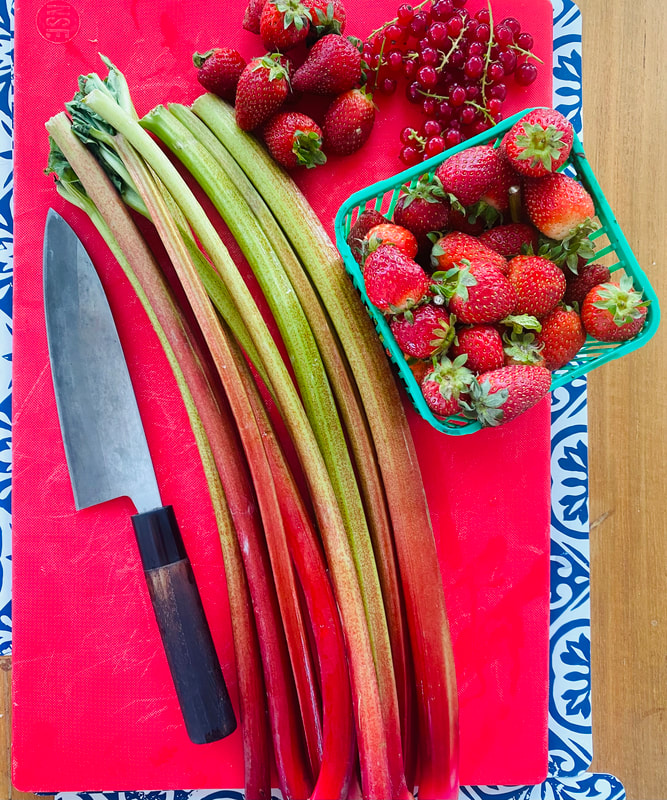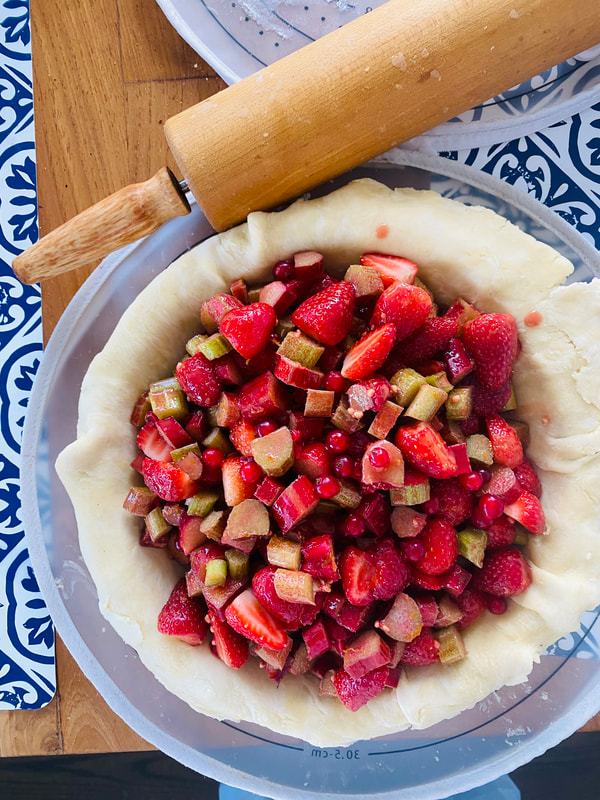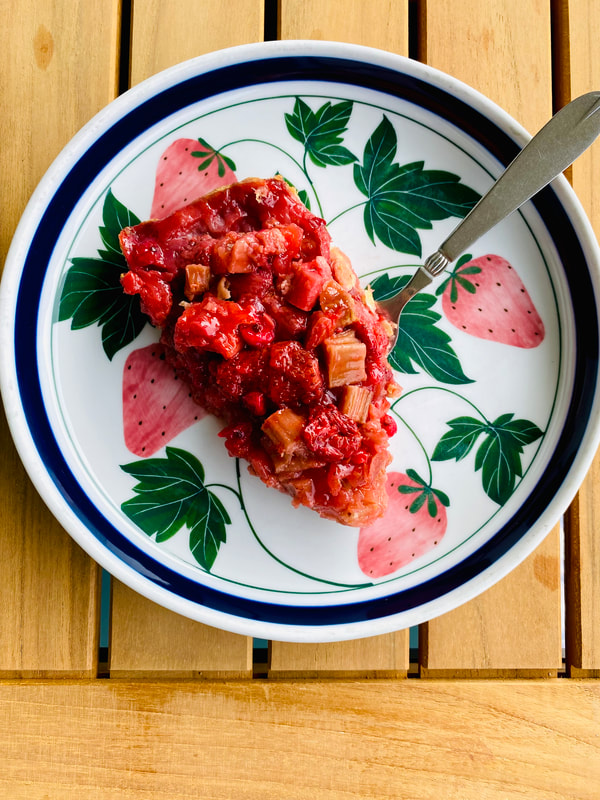|
If you stick around long enough, everything makes a comeback, even cottage cheese. A curd-centric cousin of farmer and pot cheese, the somewhat dowdy offering has circled back into the spotlight. My brand allegiance remains fickle, a reflection of my childhood. Breakstone, Sealtest, Axelrod and Friendship were on steady rotation in our fridge. Light and Lively poked its head into the mix for a brief visit in the 70s, but its low-fat content didn't align with Jessie's favorite cheesecake recipe.
We enjoyed cottage cheese year round but particularly in the summer, teamed with cantaloupe and blueberries. It was also a quick/comfortable lunch regardless of the season, tangled up with egg noodles. My siblings preferred seasoning the creamy noodles with salt and pepper but I opted for a liberal sprinkle of cinnamon sugar. Closing my eyes between forkfuls, Lokshen mid kaese (Yiddish for noodles and cheese), almost tasted like cheesecake. Cottage cheese is rich with history. The USDA sang its praises in the 1918 booklet, Cottage Cheese Dishes: Wholesome, Economical, Delicious. It was promoted as a cost effective alternative to meat during wartime and considered a creative appetizer option in The Sealtest Food Advisor of 1940. In 1950, the American Dairy Association tempted 'homemakers' with the pamphlet Creative Cooking with Cottage Cheese. Lately, cottage cheese has been popping up with some regularity on-line and in print while also holding court as a social media darling. As someone who recalls color images of hollowed out cantaloupe halves, scoops of cottage cheese and canned fruit cocktail splashed across menus, I find this amusing. Once dubbed the "diet plate," you could find this rather isolated offering somewhere between overstuffed corned beef and pastrami sandwiches and just before rice pudding, cheesecake and egg creams. Baking/consuming a full size cheesecake seemed excessive in the summer heat so I slimmed down Jessie's recipe by half. Fitting neatly in a seven-inch springform, there was plenty of room across the top for a finish of melon and berries. Maybe not considered heart healthy by my cardiologist, but certainly a boost to one's state of mind.
0 Comments
Inspired by Toronto's Farm Boy market, sweet Ontario strawberries and tart rhubarb invited red currants to tag along in an open-faced pie. Rich in pectin and acidity, red currants help thicken a notoriously juicy filling.
And when you're working against the clock, I cannot say enough about Williams Sonoma Gold Touch pie plate which delivers a well baked, crisp bottom crust without the extra step of blind baking. Bright red currants are having their all-too-brief moment in the sun and at select farm markets; if you spot them, pick up a pint. They are particularly good added to stone fruit or berry pies, and highly coveted by jam makers. Most non-bakers associate red currants with jarred jelly served alongside savory dishes. The truth is currants add brightness to fruit desserts, in all seasons, but especially when stone fruits and berries are ripe for the picking. Which they are. Thankfully, I'll be returning to Toronto later this summer and can't wait to take advantage of Ontario's fruit bounty. In these instances, it's good to know folks who welcome you into their kitchens and happen to have rolling pins as part of their baking supply arsenal. Fortunately, there's a Farm Boy Market conveniently located a peach pit's throw from each of those kitchens. |
Archives
July 2024
Ellen GrayProfessional Pie-isms & Seasonal Sarcasm Categories |




 RSS Feed
RSS Feed